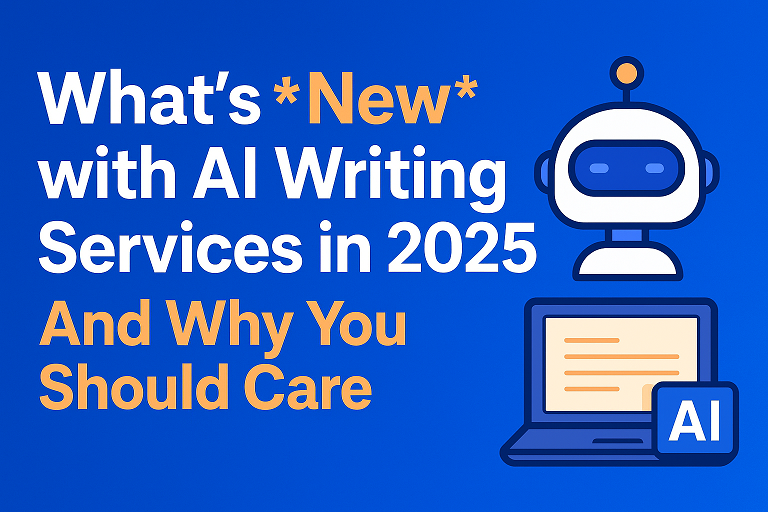AI in Space: How Artificial Intelligence is Powering the Future of Space Exploration
Artificial Intelligence (AI) is no longer limited to Earth—it has made its way into space and is playing a key role in the future of space exploration. From autonomous spacecraft to intelligent data processing, AI is revolutionizing how we explore the cosmos. Let’s dive into how AI is currently being used in space and its future potential.
1. Autonomous Spacecraft Navigation
AI technology is helping spacecraft navigate autonomously, significantly reducing reliance on real-time human control from Earth. NASA’s *Perseverance* and *Curiosity* rovers on Mars are excellent examples of this. These rovers use AI systems to navigate the Martian surface, enabling them to make real-time decisions about avoiding obstacles and choosing the best paths. This autonomy allows for more efficient exploration and the ability to cover greater distances without waiting for commands from mission control.
2. Satellite Operations and Data Processing
Satellites orbiting Earth generate vast amounts of data, especially those used for Earth observation. AI is being used to process and analyze this data more effectively. For example, the European Space Agency’s (*ESA*) **Copernicus** program uses AI to monitor environmental changes and respond to natural disasters. By analyzing satellite images and detecting patterns, AI can provide crucial insights faster than traditional methods.
In addition to data analysis, AI helps manage satellite operations by optimizing tasks such as orbit adjustments and fuel management. This reduces the need for human intervention and extends satellite lifespans.
3. AI in Deep Space Exploration
As we venture deeper into space, AI becomes even more critical. In 2018, NASA tested an AI-based navigation system called **Sextant** on the International Space Station (ISS). Sextant uses X-ray signals from pulsars—highly magnetized, rotating neutron stars—as a cosmic GPS, enabling spacecraft to navigate autonomously in deep space. This technology is expected to be instrumental in future missions to Mars and beyond, where real-time communication with Earth will have significant delays.
4. AI Assisting Astronauts
AI is also assisting astronauts on the International Space Station. A prime example is **CIMON** (Crew Interactive Mobile Companion), an AI-powered robot developed by Airbus and IBM. CIMON can interact with astronauts, answer questions, and assist with routine tasks. This AI assistant not only improves mission efficiency but also provides a form of companionship, helping astronauts deal with the psychological challenges of long-duration space missions.
5. Space Robotics Powered by AI
AI is making space robotics smarter and more autonomous. The **Canadarm2**, a robotic arm on the ISS, is used to capture spacecraft and conduct maintenance tasks. AI enhances its precision, allowing it to perform delicate operations autonomously. In the future, AI-powered robotics will play a major role in building and maintaining space infrastructure, including potential habitats on the Moon and Mars.
Conclusion
AI is already making a significant impact in space, from autonomous navigation and satellite data processing to assisting astronauts and powering space robotics. As we push further into space exploration, AI will be an indispensable tool, enabling deeper exploration and more efficient operations. Its role will only grow, unlocking new possibilities for both scientific discovery and human exploration of the cosmos.
Stay tuned for more exciting developments as AI continues to push the boundaries of what’s possible in space!
—
**Sources:**
– Acta Astronautica, “An innovative high accuracy autonomous navigation method for the Mars rovers”
– Satellite today, “Trends and Applications of AI in Space”
– AWS Public Sector Blog, “Satellite mission operations using artificial intelligence on AWS”




